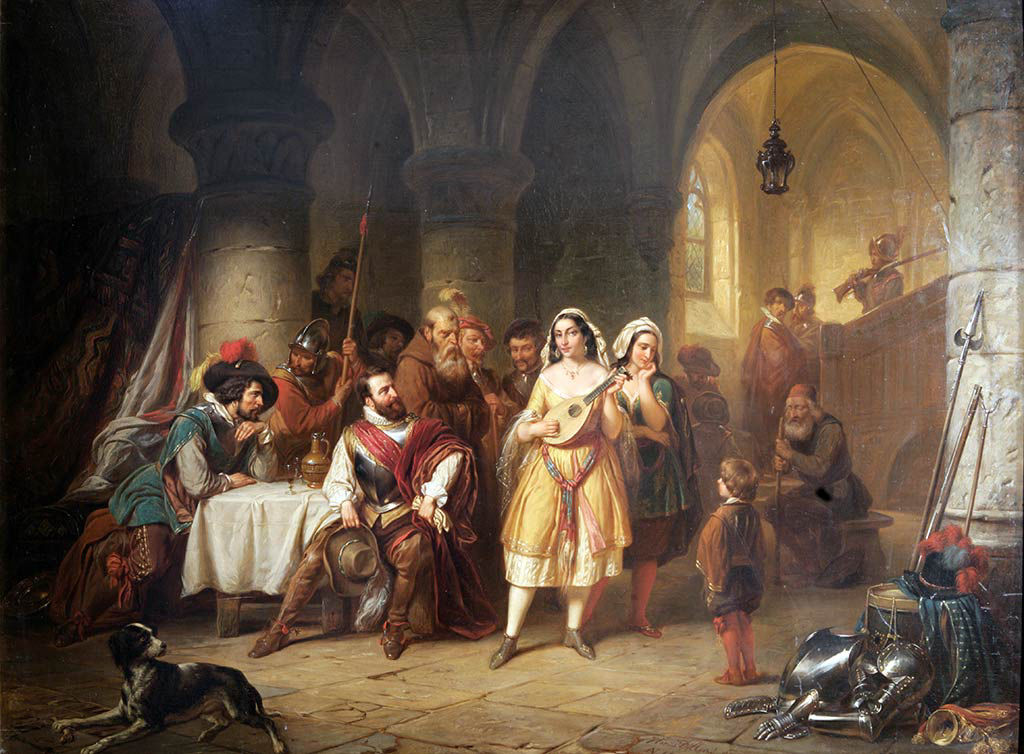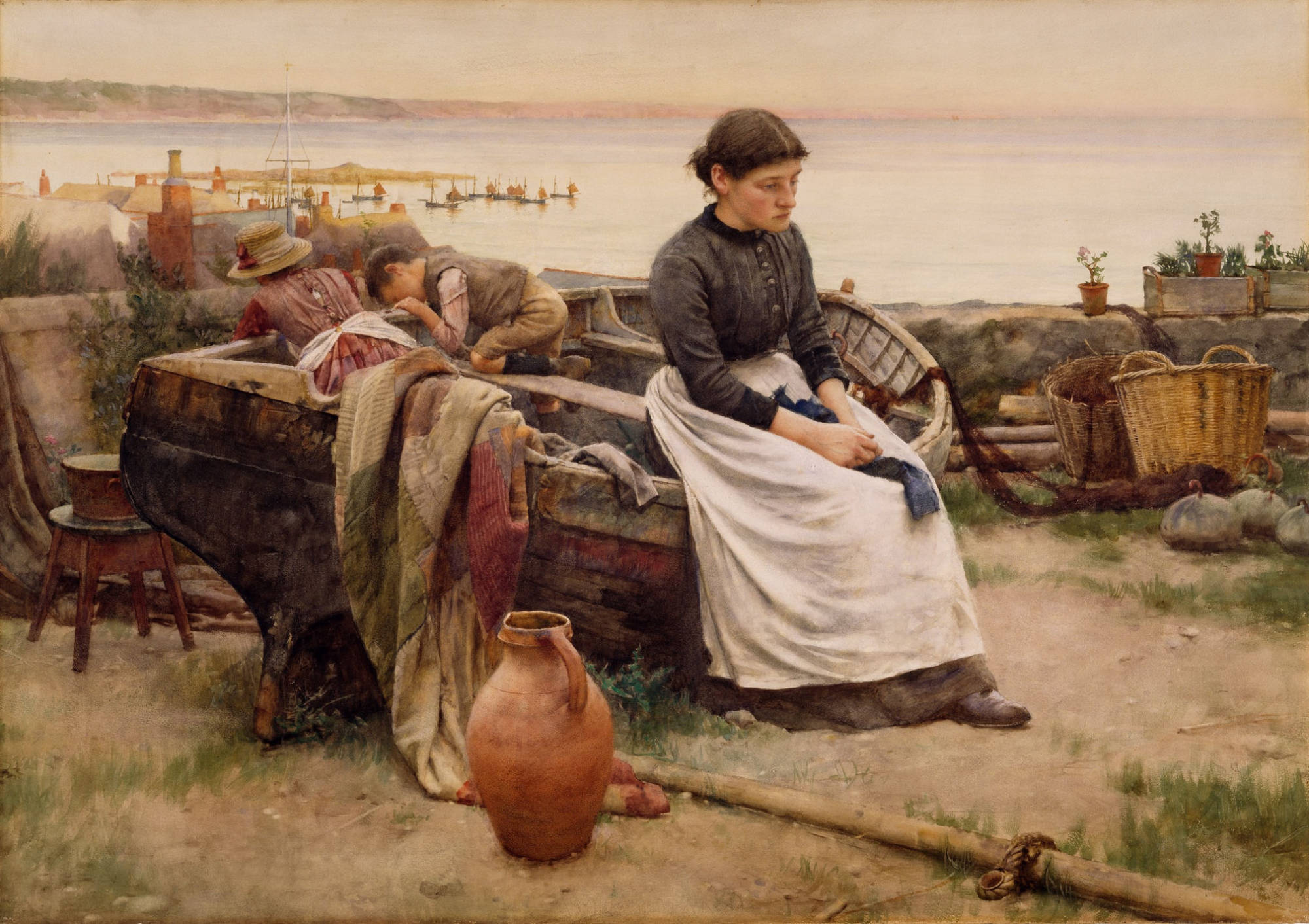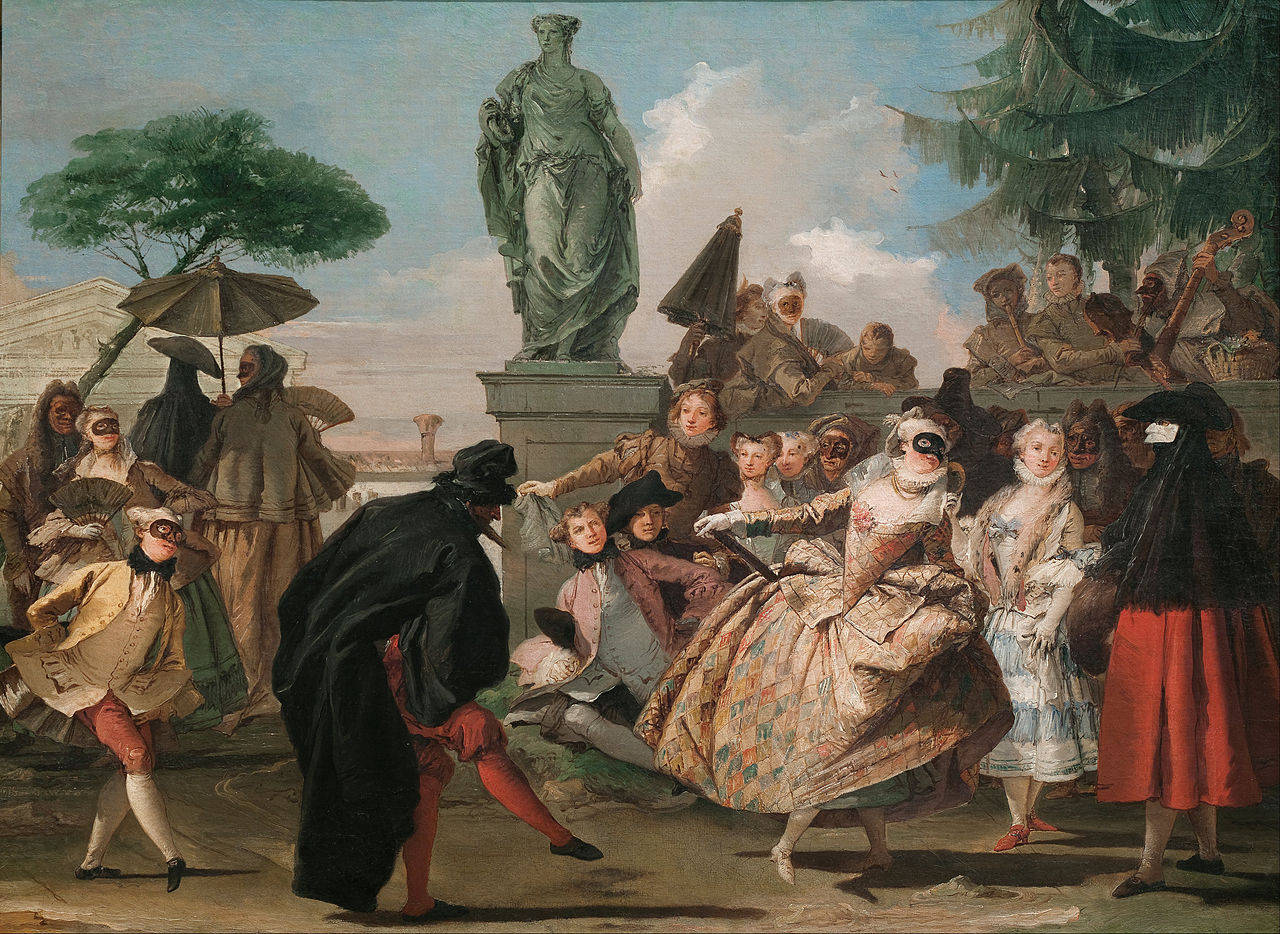
Image Description

Image Description
In 1937, the Musée National d'Art Moderne succeeded the Musée du Luxembourg, established in 1818 by King Louis XVIII as the first museum of contemporary art created in Europe, devoted to living artists whose work was due to join the Louvre 10 years after their death. Imagined as early as 1929 by Auguste Perret to replace the old Palais du Trocadero, the construction of a museum of modern art was officially decided in 1934 in the western wing of the Palais de Tokyo.
In 1947, then housed in the Palais de Tokyo, its collection was dramatically increased by its first director, Jean Cassou, thanks to his special relationship with many prominent artists or their families, such as Picasso and Braque. With the creation of the Centre Pompidou, the museum moved to its current location in 1977.
The museum has the second largest collection of modern and contemporary art in the world, after the Museum of Modern Art in New York, with more than 100,000 works of art by 6,400 artists from 90 countries since Fauvism in 1905. These works include painting, sculpture, drawing, print, photography, cinema, new media, architecture, and design.
In 1947, then housed in the Palais de Tokyo, its collection was dramatically increased by its first director, Jean Cassou, thanks to his special relationship with many prominent artists or their families, such as Picasso and Braque. With the creation of the Centre Pompidou, the museum moved to its current location in 1977.
In 1947, then housed in the Palais de Tokyo, its collection was dramatically increased by its first director, Jean Cassou, thanks to his special relationship with many prominent artists or their families, such as Picasso and Braque. With the creation of the Centre Pompidou, the museum moved to its current location in 1977.


